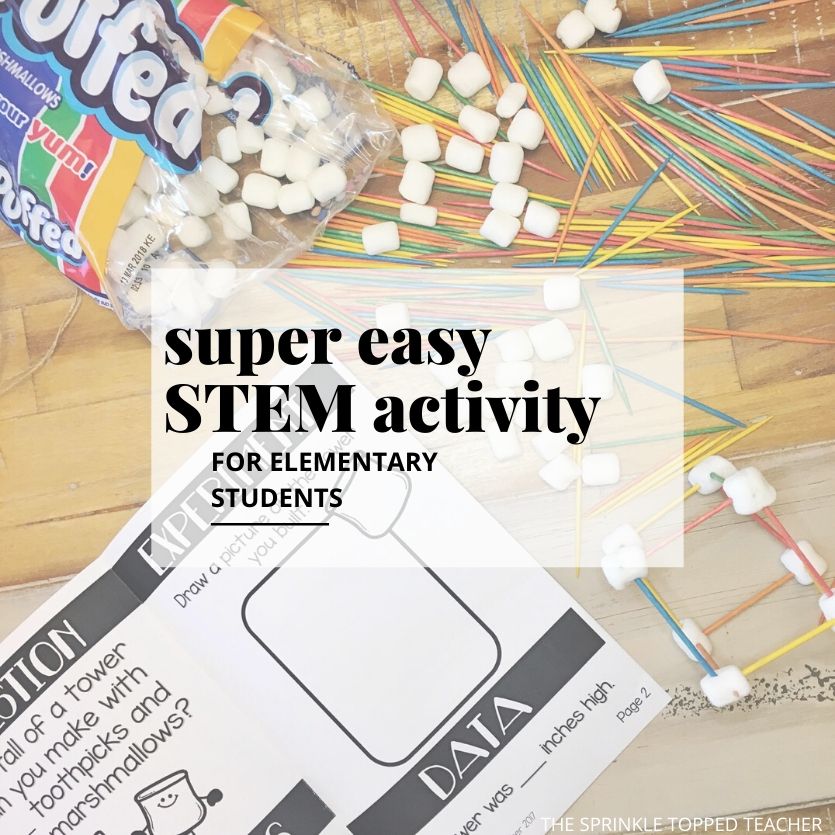
Easy STEM Activity for Elementary Students
Confession time. The idea of teaching my students a STEM activity in my elementary classroom used to sound anything but easy.
I didn’t take any college classes on teaching STEM. My school didn’t provide STEM curriclulum. As a new teacher, I wasn’t really sure where to begin.
It’s also no secret that STEM is a growing industry. As teachers, it’s our job to prepare our students for the real world.
Plus, there’s no down side to adding STEM activities to the classroom. It only increases student’s creativity, strengthens problem solving skills, and teaches perseverance.
When I finally made the decision to integrate STEM into our curriculum, I decided the first lesson I chose needed to be simple and easy to implement.
I wanted to make sure I wouldn’t be too overwhelmed to ever try again!
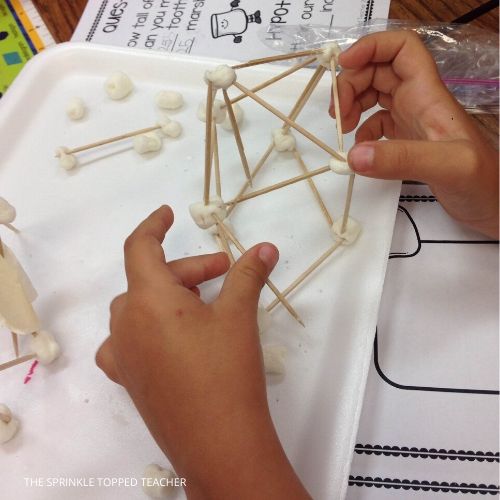
Easy STEM Activity for Elementary Students:
For my first lesson, I chose to do a marshmallow toothpick tower experiment because I wanted something with minimal materials and that could fit into our busy schedule.
I saved the activity for our reward activity on Friday afternoon. I was confident that anything with marshmallows would be a hit!
Prepping the Marshmallow Toothpick STEM Activity:
My goal for the first lesson was to introduce the scientific method in a simple way. I created a mini-book for each student because I knew we would get off track if it wasn’t structured.
Materials:
– Mini marshmallows (1 bag per group of 5-6 students)
– Toothpicks (1 per group)
– Scientific Method Notebook
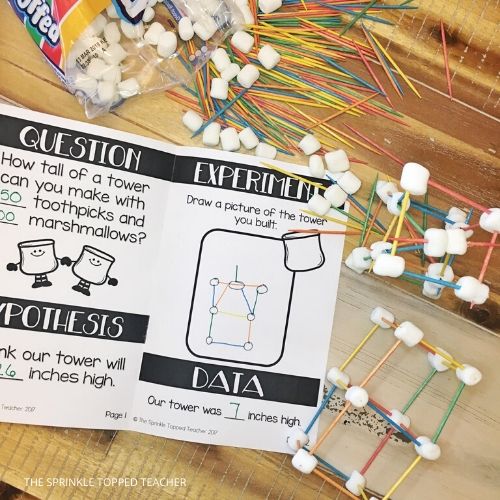
How I Taught the STEM Activity:
We started by identifying the big question and creating our first hypothesis.
I then split students into groups of 5-6 and passed out materials.
TIP: Before releasing your groups to build towers, review ways that students can be helpful teammates.
Groups built different towers for about 15-20 minutes while I walked around. I asked them questions about their thought processes and challenged their initial way of thinking.
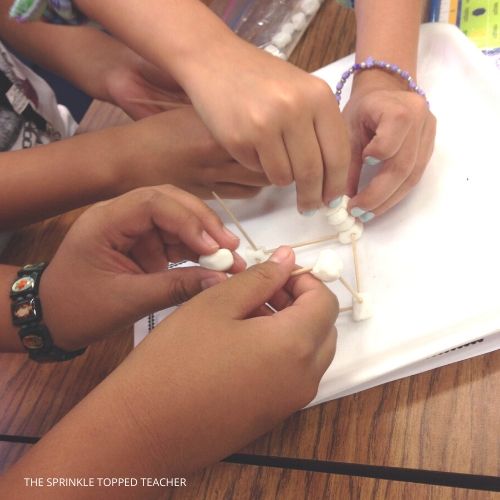
I’ve done this activity for years now, and I’m always fascinated to see the different ways student’s brains work! Some students start out with the most intricate structures, while others start by trying to stack one marshmallow and one toothpick over and over. It’s so interesting to see their minds grow and think creatively throughout the activity!
We then discussed how scientists record data with accurate drawings, labels, and each student recorded their data. The mini books were a lifesaver because it helped me stay on track and remember the actual science behind the STEM activity.
Another one of our favorite experiments is the Grow Your Own Polar Bear Experiment where students soak gummy bears in different solutions to see which makes the gummy bear grow the largest!
Here’s what other teachers are saying:
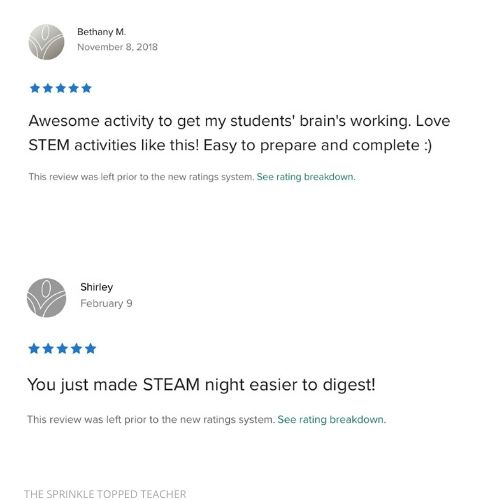
Conclusion:
It never fails. Every time we try a new STEM activity, one of my students who typically struggles, will absolutely thrive!
Sometimes we get so wrapped up in teaching from the textbook, that we forget to give students the opportunity to fail and grow their creativity.
For those of you who are like me and feel a little intimidated by teaching STEM, starting with the marshmallow activity is a great way to ease your way into teaching STEM. It’s such an easy STEM activity for elementary students!
It is simple, low prep, and with the help of the mini book, it’s easy to teach a meaningful lesson in the midst of a super engaging activity!
Ps. If you want to grab a whole bundle of 7 different science activities that focus on the scientific method, you can grab those HERE! (Save 10% when you use code: THANKYOU! I appreciate you checking out this blog post!
Do you regularly teach STEM in your classroom? What activities have been your favorite?